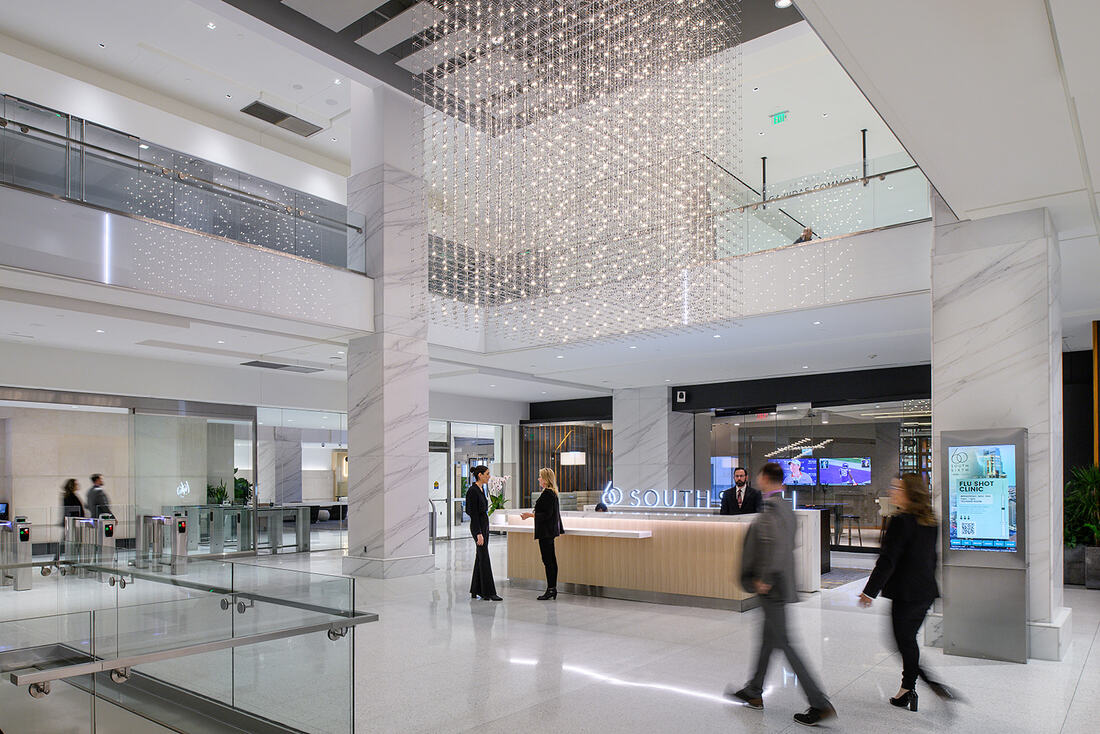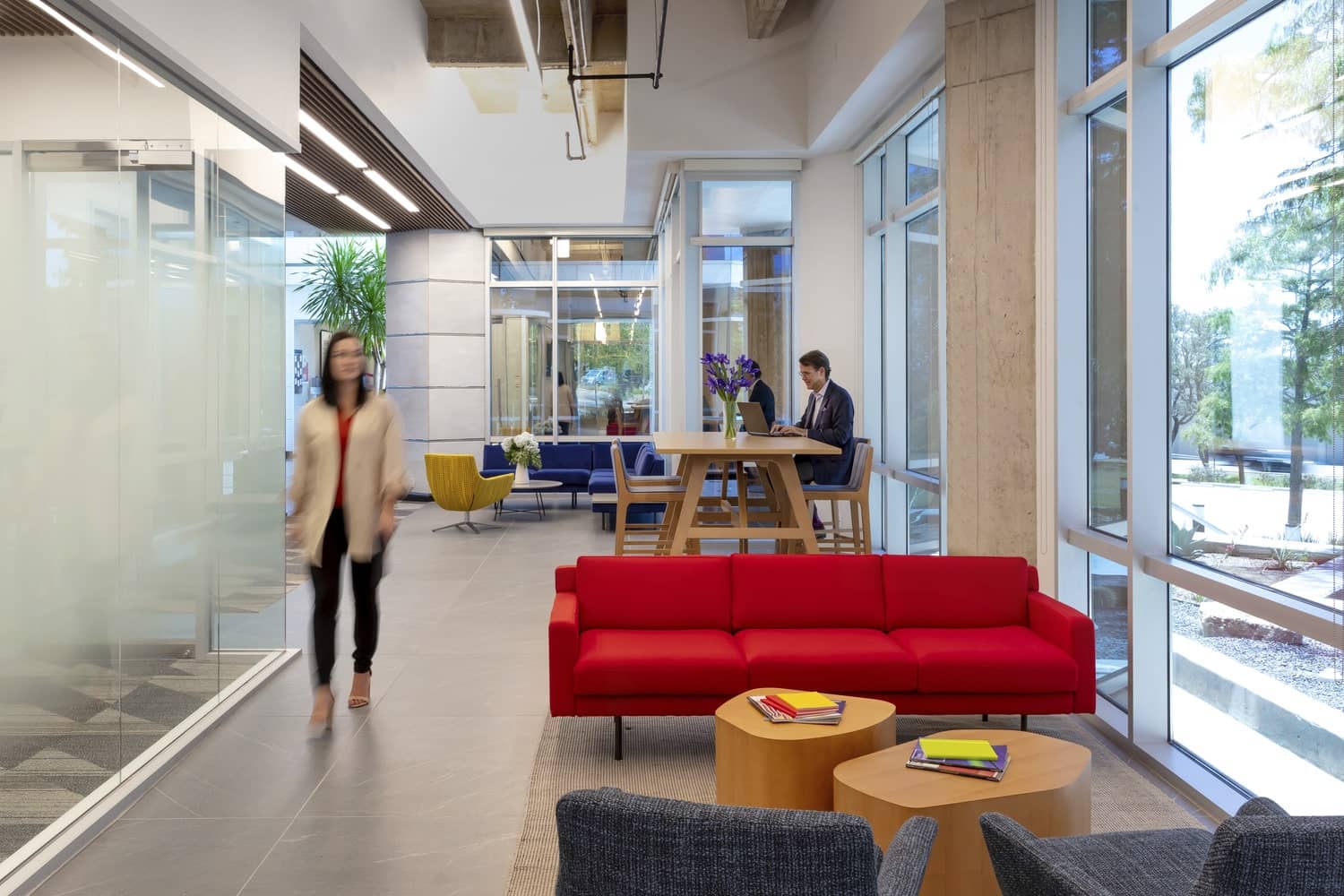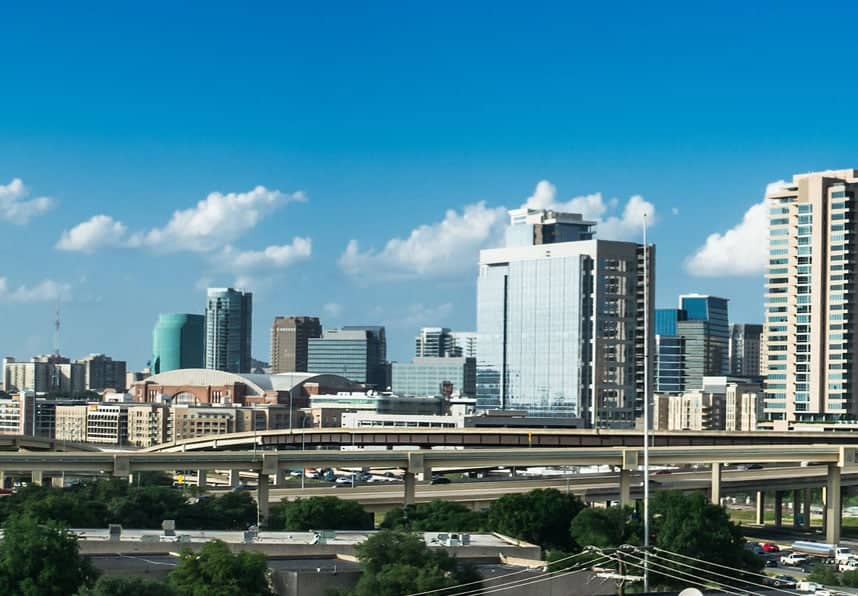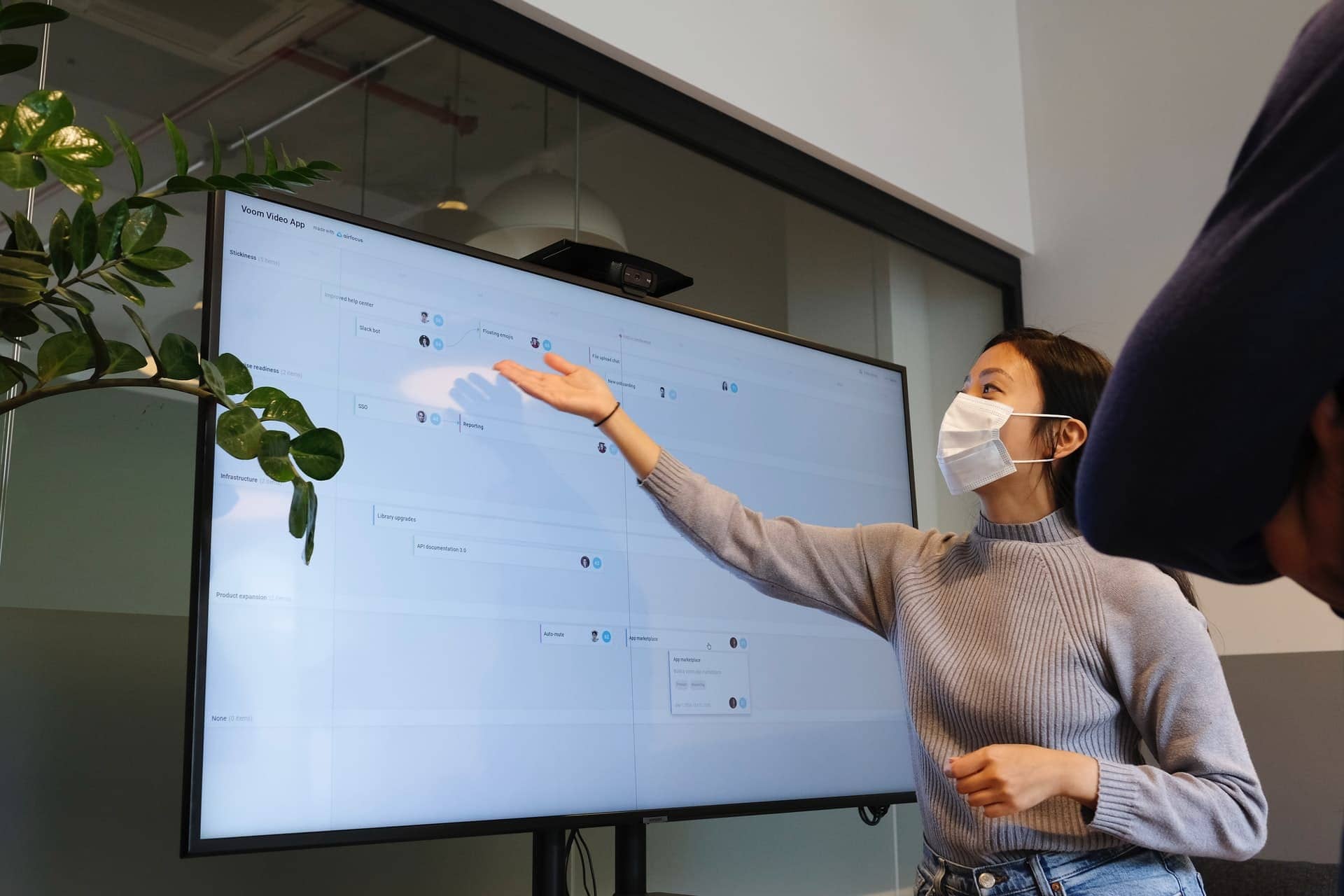If the COVID-19 pandemic, “Great Resignation,” and constantly shifting balance between remote work and return to office don’t amount to a business operations revolution, then generational movements in the workforce certainly do. The current needs of the evolving U.S. labor market demand more from the C-suite than an office remodel.
While open layouts are still a topic for discussion in modern office design, architects who are value-oriented recognize that this unparalleled chapter for the country’s workforce and its collective office environment require going deeper than desks and decor. Designing modern workspaces to cater to younger workforce is critical — from the values of flexibility, sustainability, and technology, to the social, emotional, and political issues of what work means today and how the work environment affects behavior.
What one may describe as evolving trends, Kevin Kelley, co-founder of strategy and design firm Shook Kelley, calls “seismic tectonic shifts” in this workplace era. Factors such as income inequality, diversity, technology and generational attitudes about work, wealth, power, and purpose, all affect the office environment in a major way.
Office design and setup speak to more than the understanding and facilitation of employee comfort and work needs. Companies and their workplace designers must recognize what everything in an office communicates, from the type of door and front desk to the carpet, paint colors and more. The attitudes and overall psychology of employees, particularly Millennials and Gen Z, have never been more important; designing engaging, collaborative and inclusive spaces, including group activity areas, stadium-style seating in gathering areas, debate, and dissension dialog rooms, etc., provide a positive physical framework to foster a positive frame of mind.
“Today’s companies need to offer more than four walls and fresh paint. They need to be acute to the needs of their employees, or lose talent to their competitors, said KBS CEO Marc Deluca in his recent post for Forbes Business Council. These businesses also expect their landlord to go above and beyond, offering the ‘extras’ that ensure their success.”
Deluca added that “companies want office space that caters to their employee-base’s needs and desires. This means that well though-out buildings — offering a work experience that elevates the collaboration and creativity today’s talent has come to expect when returning to their workplace — are in high demand.”
Office Design Trends for Millennials and Gen Z
With regard to how offices speak to occupants, open-plan workspaces communicate creativity, innovation, and collaboration among equals, asserts Kelley, who calls himself a contrarian on the open-plan point.
“There is a lot of theoretical talk about hot-desking in offices, but we find that staff wants to have some dedicated area to call their own, leave their mark with a favorite coffee mug or sports memorabilia and showcase their identity,” Kelley said.
Studies show that people learn best through listening to and observing others in action, a powerful connection expanded by open-plan office spaces but with the option of private offices to get work done.
“We also find that young employees learn quicker and more effectively by listening and observing what their more experienced colleagues are doing,” said Kelley.
Best Practices for Designing Multigenerational Workspaces
Workspace designs that cater to different generations must center on core and common motivation. Millennials and Gen Z want to believe in their work and have it matter. It follows that their work spaces should play a role in helping them feel empowered and innovative. Being heavily involved in co-authoring the brand, the company’s vision and its culture means playing an active role in designing their environment and spaces.
Millennials and Gen Z are also returning to more human-scale, traditional and even nostalgic spaces as a compensating balance for living so much of their lives in a high-tech, human-less future, Kelley adds.
“They’ve brought back cocktails, record players and albums, board games, and even Main Street living,” Kelley said. “Modernism is more of their Boomer parents’ and grandparents’ definition of life, but Millennials and Gen Z seem to seek more of a community-based approach to work, home and recreation, which includes working in more comprehensive places — cities, towns and villages — that have lots of activities to live, work and play.”
Over the past three years, many have been asking “What’s the purpose of the office?” But younger employees have taken the question one step further with the query: what’s the purpose of work?
Knowing what Millennials and Gen Z value (i.e., belief in the worth of work and in their company’s culture and mission) is critical to treating them right, which includes providing a workplace environment that connects on different levels and sets them up to pursue meaningful goals. According to Ernst & Young, 92% of workers said company culture has an impact on retention.
Case in point, bad office design has made the office building less attractive. However, companies are more willing than ever to provide a better home base — facilitating an office flight to quality.
Kelley brings up an unconventional analogy: playing fort. Why do kids do it? Solidarity in mission and creativity of mind are key reasons. He likens effective workplace design to creating a fort or “Batcave where other like-minded souls can hang out, share ideas, learn new skills, catch up, and get a break from the routine of the WFH lifestyle. Thinking about the office as a fort changes a workspace’s meaning, look and attitude from one of power over an employee to one of empowering employees to become the best version of themselves for a larger cause.”
KBS’ 60 South Sixth, a premier Class-A office building in Minneapolis, Minnesota, fulfills the promise of effective workplace design. In 2020, upon signing its new lease with KBS, John Koneck, president of law firm Fredrikson & Byron, noted that the flexibility of the space and the opportunity to design cutting-edge post-pandemic space to meet the needs of his employees were key factors in the company inking their lease three years prior to occupying the building.
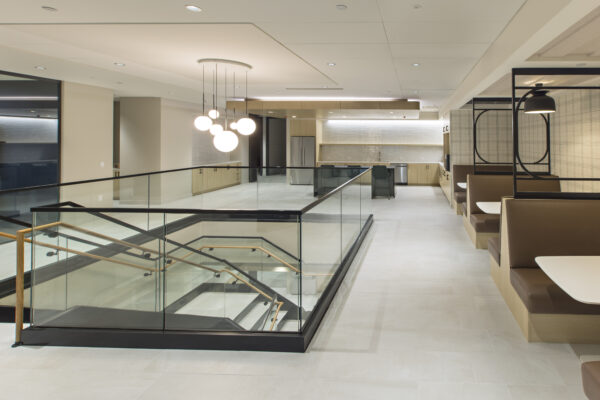
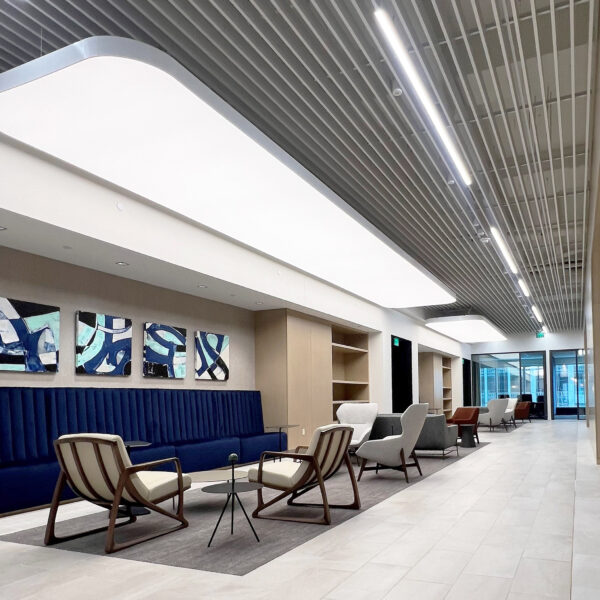
“The prime location and exceptional amenities,” said Koneck, “coupled with KBS’ unmatched service, confirm for us that 60 South Sixth is the ideal place for the Fredrikson team to call our new home.
The truism, “our people are our greatest asset,” adds considerable context to that which is the growing percentage of the workforce now occupied by younger generations, including Millennials and Gen Z. In addition to triggering a workers’ market, the pandemic put more urgency behind their efforts to find the right company culture and greater work-life balance. When catering to different generations in the workplace, companies and their office designers must heed those new values and reflect them in offices that are engaging, collaborative and inclusive spaces and also speak to the attitudes and overall psychology of today’s employee.
Learn more by visiting KBS.com/Insights.
